Blog
The Ultimate Guide to Machine Embroidery for Nigerian Fashion
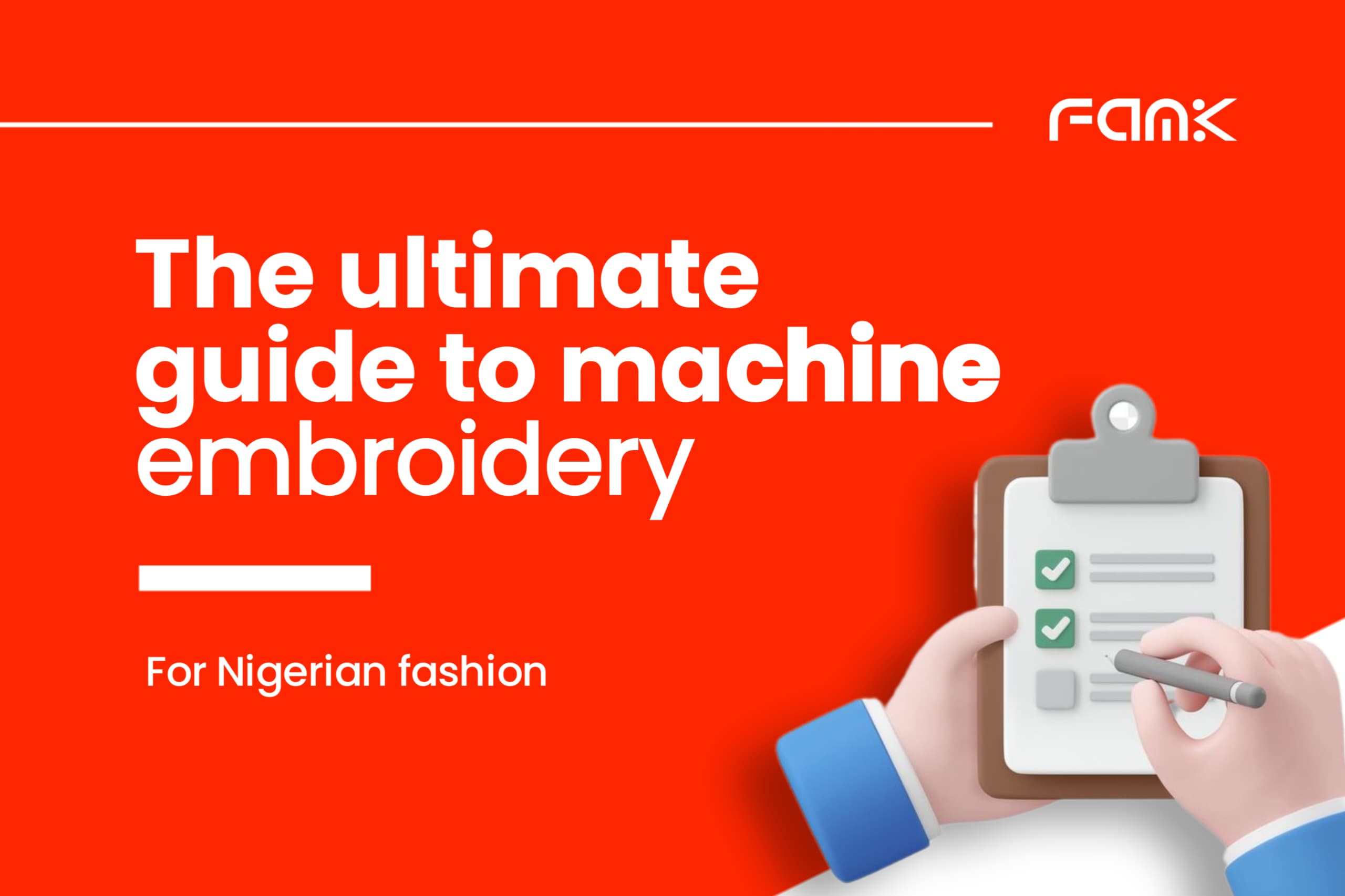
Machine embroidery is transforming Nigerian fashion, bringing precision and flair to traditional menswear like Agbada, Kaftan, and Senator outfits. At Famkapparel, we use cutting-edge machine embroidery to create digital flaps that transform these iconic garments. From its ancient roots to digital marvels, this guide dives into the history, types, process, and formats of machine embroidery. We will show how it powers brands like ours to create timeless yet contemporary designs. Let’s explore the world of machine embroidery and its role in Nigerian style!
History of Machine Embroidery
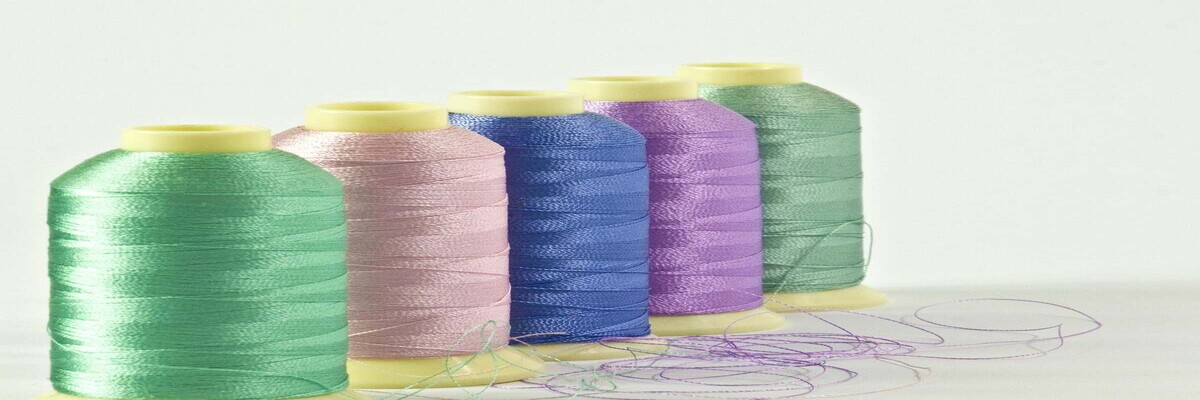
Machine or automated embroidery has a vibrant history that resonates with Nigeria’s love for intricate designs. Embroidery originated from ancient hand-stitched embroidery in cultures like Nigeria’s, where patterns on Babban Riga signified status. Then the craft leaped in the 1800s with the first commercial embroidery machines. These hand-cranked devices, detailed in historical textile records, accelerated production but required skilled labor. By the 20th century, electric and automated machines emerged, paving the way for the digital embroidery we use today. With this, we can honor our heritage while embracing modern embroidery techniques.
Types of Machine Embroidery
Machine embroidery comes in different flavors, each offering unique ways to enhance fabrics like those in Nigerian menswear. Whether it’s the hands-on artistry of free-motion or the precision of computerized methods, these types shape how we at Famkapparel craft our embroidery flaps for cultural icons like the Senator outfit. Below, we break down the three main types of machine embroidery.
Free-Motion Embroidery
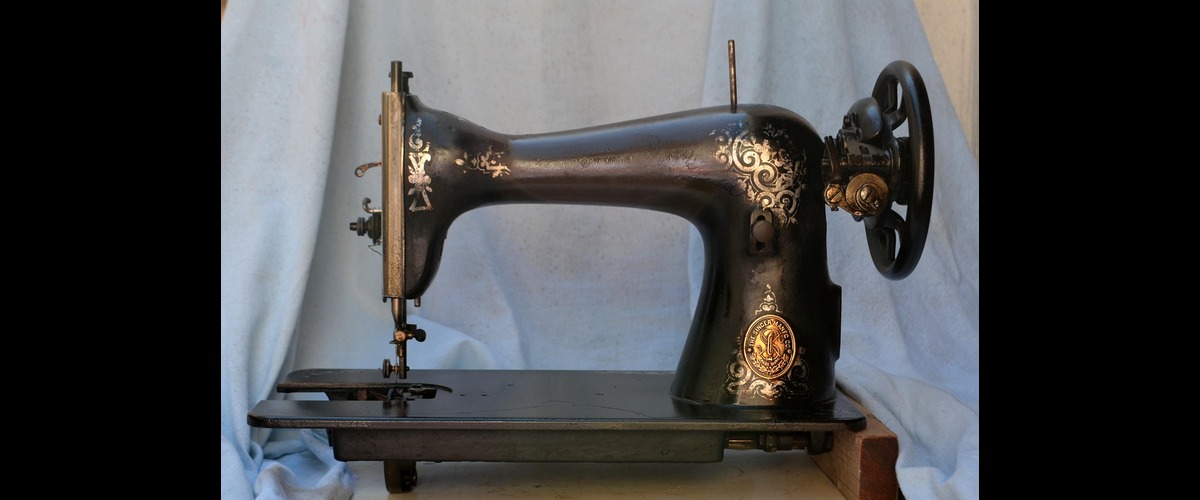
Free-motion machine embroidery lets artisans move fabric freely under the needle, creating designs with a personal touch. This method, requiring immense skill, mirrors the hands-on creativity of traditional Nigerian embroidery, where artisans once hand-stitched patterns on ceremonial garments. Its drop-feed mechanism gives flexibility, perfect for custom designs, though at Famkapparel, we lean on digital precision for consistency in our machine embroidery flaps.
Cornely Hand-Guided Embroidery
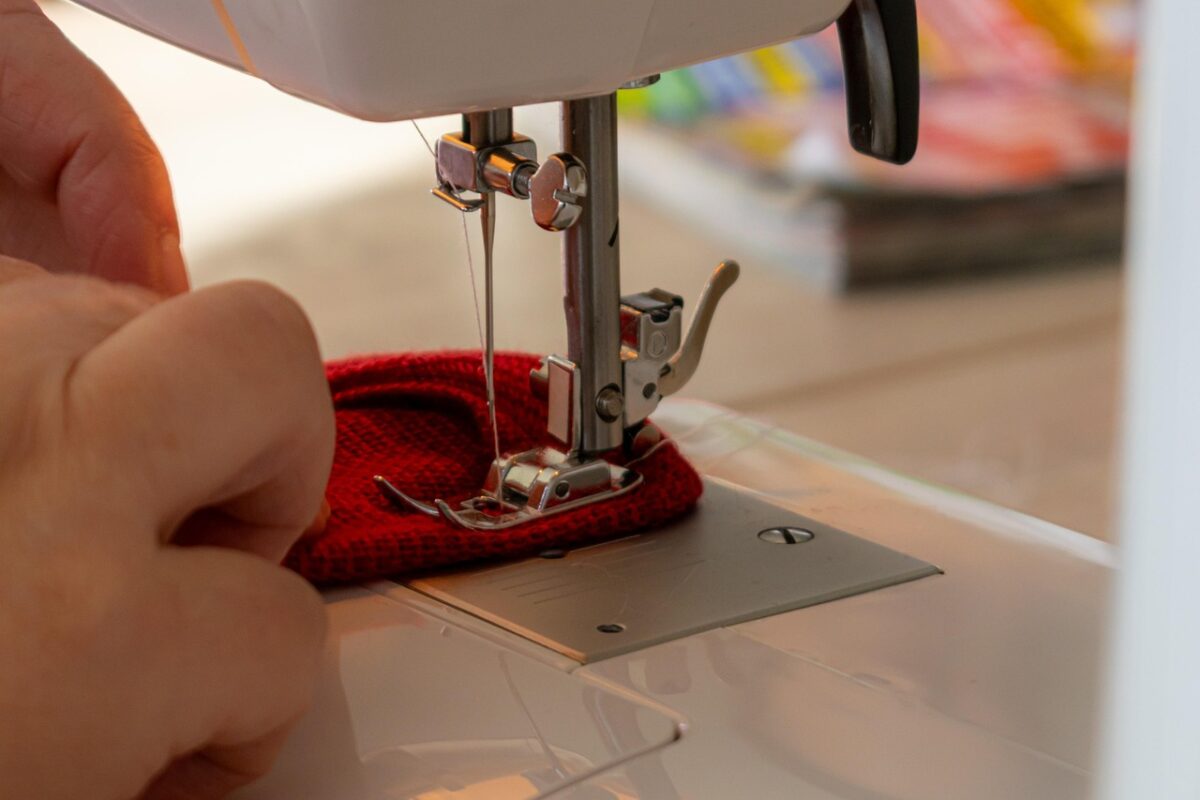
Cornely hand-guided embroidery, popular in the early 1900s, brought versatility to decorative stitching on garments and linens, as noted in textile history archives. Operators manually guided fabric under the needle, creating complex patterns. While less common today, its legacy of detailed craftsmanship inspires Famkapparel’s approach to embroidery, ensuring our flaps add elegance to Kaftans.
Computerized Embroidery
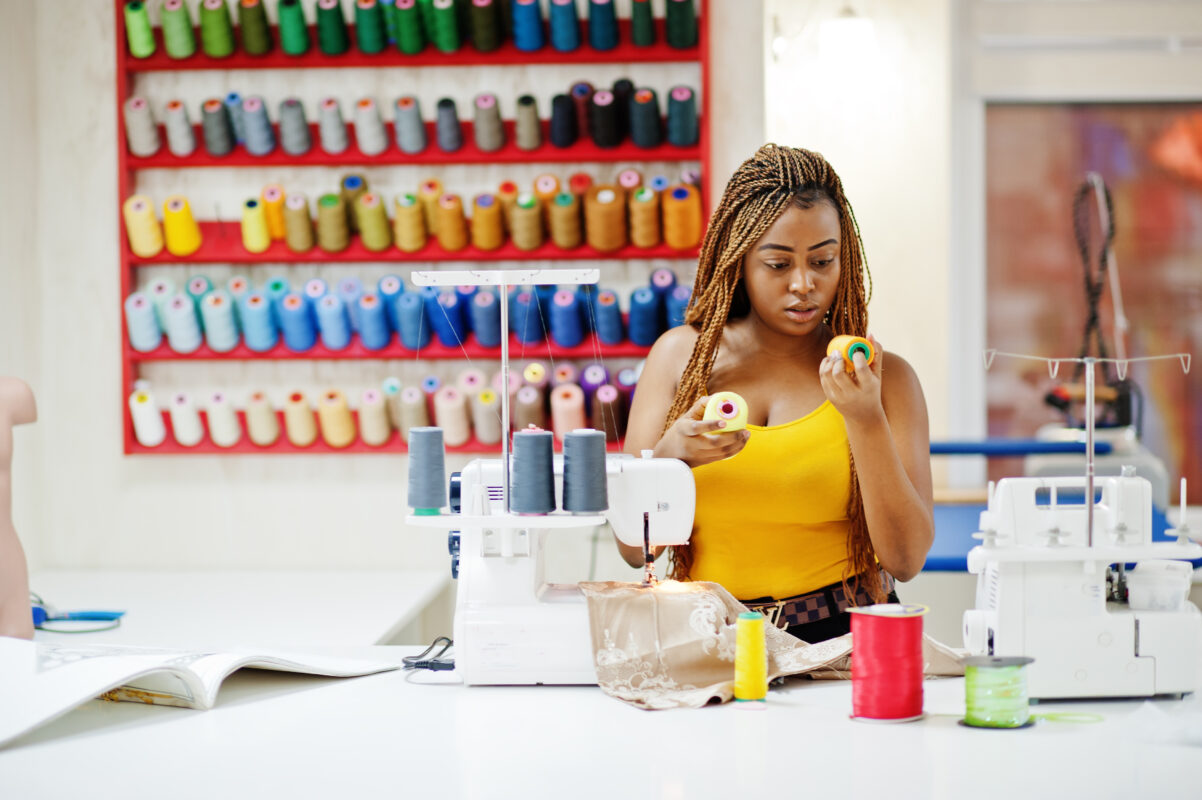
Computerized machine embroidery is the gold standard today, powering Famkapparel’s digital flaps with unmatched precision. Controlled by software, these machines read digital files to stitch intricate designs onto fabrics, perfect for the detailed motifs on Agbada. With features like automatic thread tension and built-in editing, computerized machine embroidery lets us deliver culturally rich, modern designs at scale.
Computerized Machine Embroidery Process
The computerized or digitized embroidery process is where technology meets artistry, transforming digital designs into stunning flaps for Nigerian menswear. At Famkapparel, this process ensures our embroidery enhances traditional outfits with precision. Here’s how it works:
- Design Creation: Machine embroidery starts with a digital design, created using software like Adobe Illustrator or sourced from platforms like EmbroideryDesigns.com. We design flaps inspired by Nigerian motifs, such as Adire patterns.
- Design Transfer: The design is sent to the embroidery machine via USB, Wi-Fi, or direct connection, ensuring seamless integration for our production.
- Fabric Preparation: Fabrics for Agbada or Senator outfits are stabilized with backing material and hooped tightly to ensure clean stitching.
- Machine Setup: We load the right threads, needles, and hoops, calibrating the machine for the fabric and design, ensuring vibrant colors that pop.
- Embroidery Process: The machine stitches the design, moving the fabric precisely under the needle to create flawless patterns.
- Finishing Touches: Excess threads are trimmed, and the fabric is steamed or ironed for a polished look, ready to adorn a Kaftan.
This streamlined machine embroidery process lets Famkapparel deliver high-quality, culturally resonant designs with efficiency.
Machine Embroidery Design File Extensions
Machine embroidery relies on specific file formats to ensure designs translate perfectly from software to fabric. At Famkapparel, we use these formats to craft our digital flaps, ensuring compatibility with our machines. Here are the most common digitized embroidery file extensions, verified by industry sources like Brother USA:
- .DST (Tajima): Widely used, compatible with many machines, including ours at Famkapparel.
- .PES (Brother): Specific to Brother machines, ideal for precise designs.
- .EXP (Melco): Used by Melco machines, common in professional settings.
- .JEF (Janome): Janome’s format, perfect for their embroidery systems.
- .HUS (Husqvarna Viking): Used by Husqvarna machines for detailed work.
- .VP3 (Pfaff): Pfaff’s format, ensuring high-quality output.
- .XXX (Compucon): Used by Compucon machines, less common but versatile.
Choosing the right file format is key to seamless machine embroidery, ensuring our flaps enhance Nigerian menswear flawlessly.
Summary
In conclusion, machine embroidery is reshaping Nigerian fashion, blending heritage with innovation. From its 19th-century roots to today’s digital precision, it empowers brands to craft embroidery that makes your outfits stand out. Whether you’re a designer or a fashion enthusiast, understanding this form of embroidery opens a world of creative possibilities. Grab your machine, load a design, and join us in celebrating this special art!
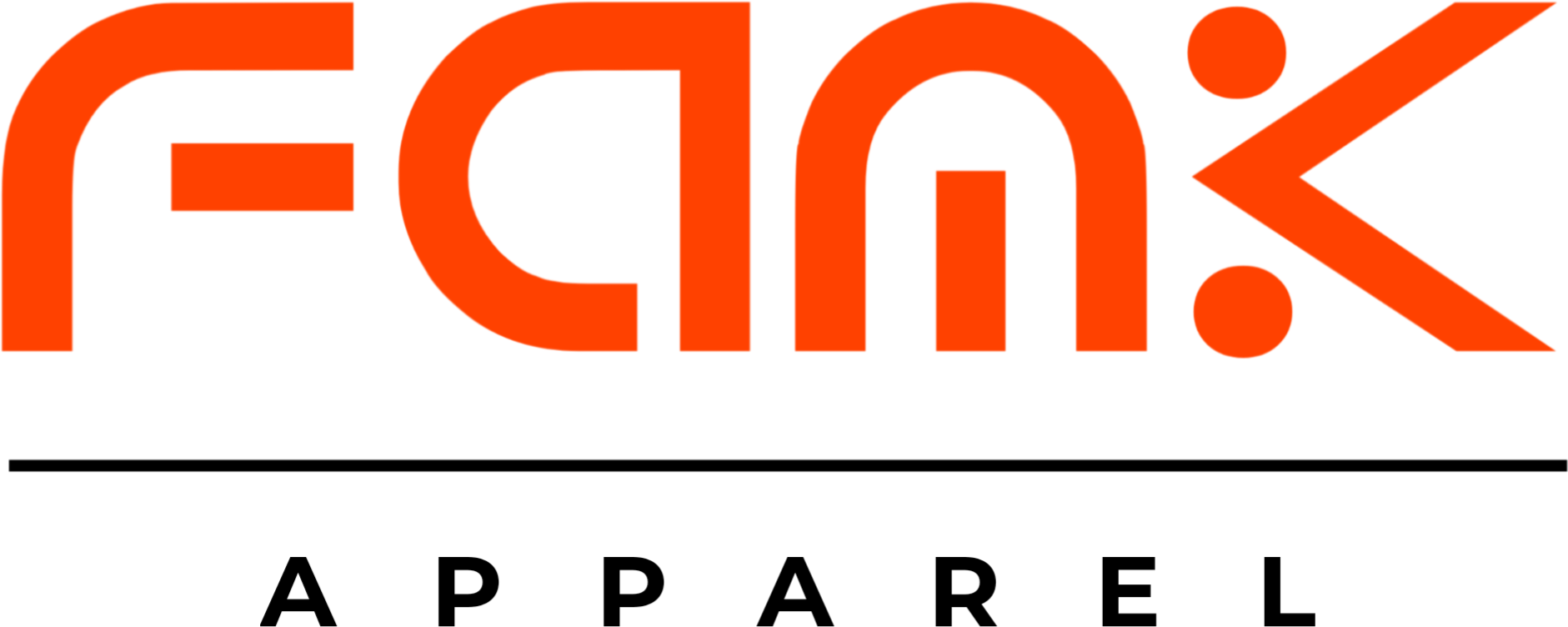
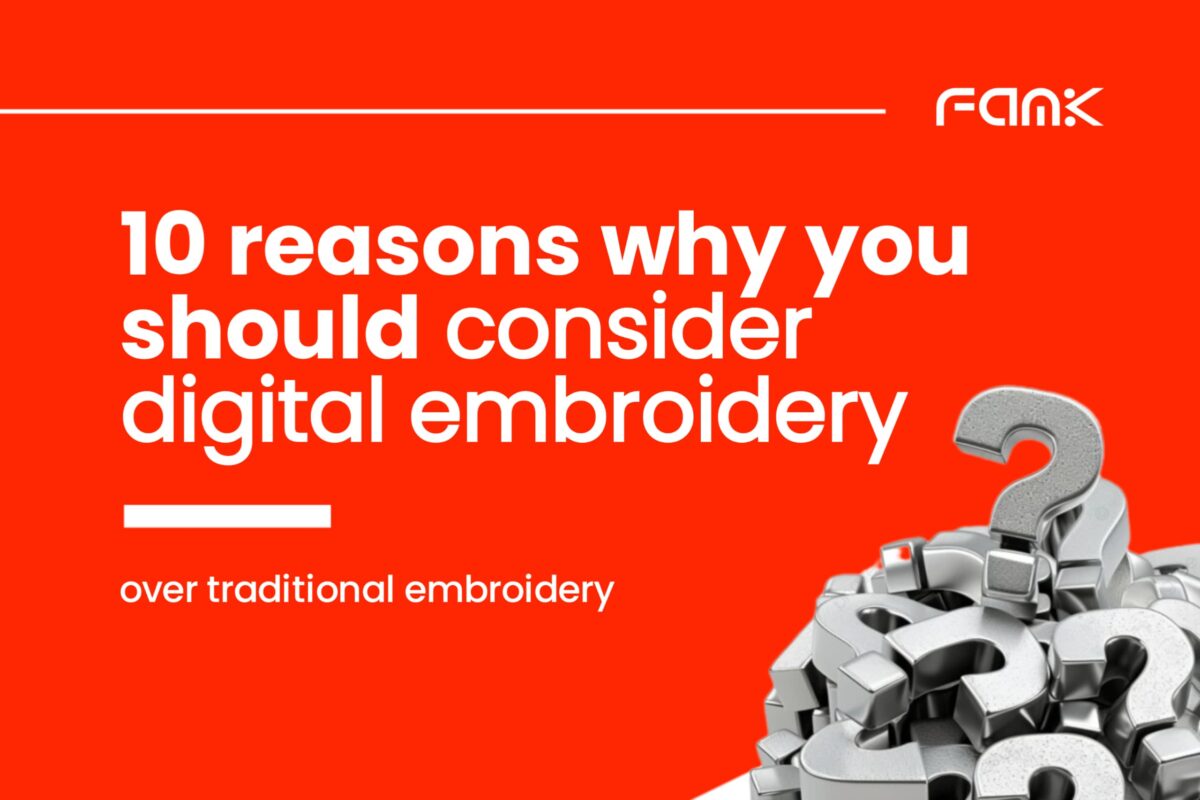
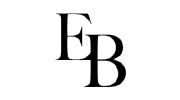
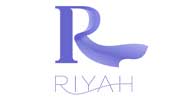

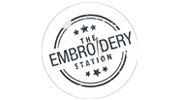






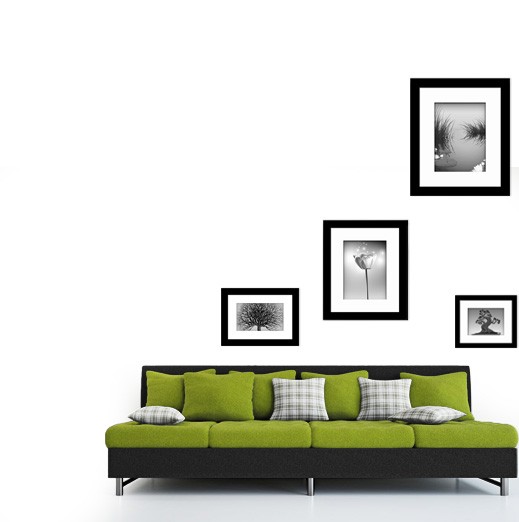
One thought on “The Ultimate Guide to Machine Embroidery for Nigerian Fashion”